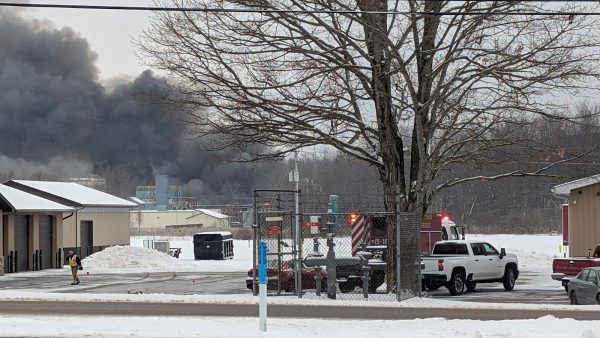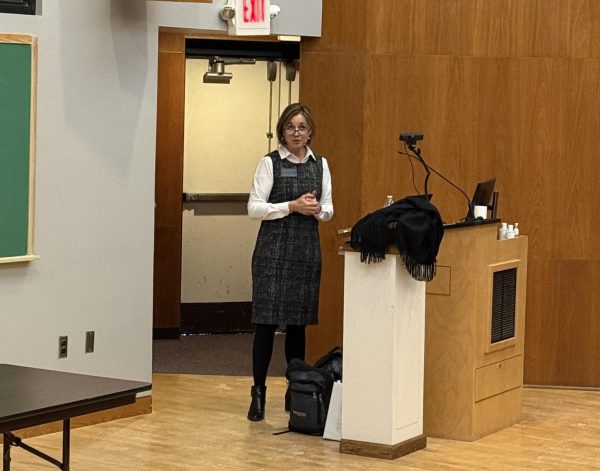College limits funding to 2020 sustainability goal
Allegheny College, in 2007, became a charter signatory to a document committing itself to achieving environmental sustainability by 2020. According to Director of Sustainability Kelly Boulton, the college should be able to meet that goal.
As part of the initiative, Allegheny was required to perform an annual greenhouse gas survey to pinpoint how much of a carbon footprint the college currently has. She said this number has continued to drop.
“We have been making a lot of progress over the years,” Boulton said.
Despite the progress that has been made, Boulton said there are challenges they are facing. With two years of underenrollment, the college was forced to make cuts to its annual budget. This meant cutting the $3,000-5,000 that was typically set aside in the Comprehensive Maintenance Plan to upgrade the efficiency of buildings on campus.
Linda Wetsell, chief financial officer and treasurer, said the college must prioritize what can be done with the available funds when compiling the budget.
“We take all those requests and we see what we can do based on the budget,” Wetsell said.
While the funds in the CMP were specifically set aside for sustainability improvements have been eliminated, Director of the Physical Plant Cliff Willis said the college is still committed to improving the sustainability of the college and its facilities.
Willis said that when the Physical Plant makes up CMP they must consider the needs of the college in terms of maintenance and renovations.
“There are things that have to be done,” Willis said. “The burden of proof is what is best for the college.”
In the past, the CMP has been approximately $2.6 million, according to Willis. For the last two years, the budget has been reduced to $1 million.
Even with the reduced budget, Willis said there are still ways in which they are seeking to improve the efficiency of the campus through ordinary maintenance.
Willis said that as machinery within buildings needs replacing, Physical Plant works to ensure that any replacements are as efficient as possible.
“We have a long ways to go, but we have made a lot of progress in eight and a half years,” Willis said.
In the coming year, Willis said such measures as the replacement of existing lighting on campus with LED lights will be their focus in improving efficiency. He said the college plans to replace all the lights along North Main Street with LED lights.
“That should be a pretty significant savings,” Boulton said.
Boulton said once 2020 arrives, the college will purchase carbon credits. For each metric ton of carbon purchased, a third party company ensures that each ton is offset through other means. She said the cost of purchasing enough credits to offset the college’s remaining emissions will be approximately $50,000 a year.
Working to limit the amount of carbon emissions now, Boulton said, will help to offset the cost of purchasing credits later.
“It makes more sense to spend the money before 2020 to reduce our carbon emissions,” Boulton said.
Wetsell said, like any other budget item, the cost of purchasing the credits will have to be weighed at the time. She said this might mean pushing the goal back a few years, depending on the college’s financial situation at that time.
Boulton said that, although the cost of purchasing credits could be reduced, however, she said purchasing credits through lower quality companies often does not guarantee that the emissions are being offset. She said going with a higher quality company means the college can be sure the emissions are being appropriately offset.
“It seems that, that level of commitment fits our institutional commitment better,” Boulton said.





